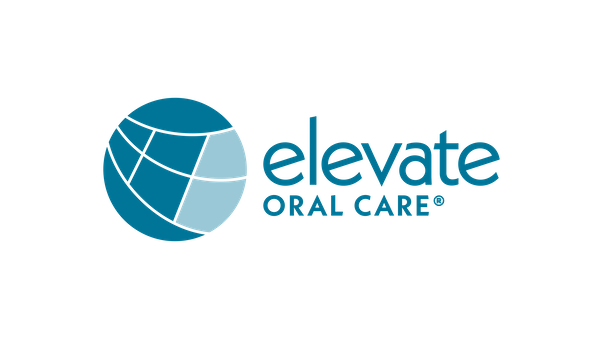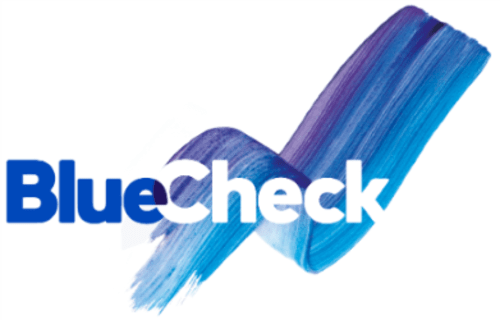The Roles of the Dental Hygienist
Clinicians
Educators
H15: Hands-On: How RDHs Can Lead the ‘Prevention Revolution’ with Non-Invasive Caries Management
Friday, July 26, 2024
9:00 AM - 10:00 AM CST
Location: 386: NOCC
Earn: 1.0
Sponsored By



Hayley Buckner, RDH, BS, FADHA
Elevate Oral Care
Hoschton, Georgia
Jessica Woods, RDHAP, BSDH, MPH, PHEDH, RDA, CDHC
Incisive Technologies
Las Vegas, Nevada
Speaker(s)
Co-Speaker(s)
Dental caries remains the most prevalent chronic disease. When left untreated, caries can result in pain as well as problems with sleeping, eating, socializing, and self-esteem. With the latest advancements in caries detection aids and non-invasive treatments, hygienists can play a key role in leading the ‘Prevention Revolution’ to manage caries. Traditional visual-tactile methods of caries detection, including radiographs and tactile probing with an explorer, have been shown to be limited and destructive. Prevention and non-invasive care are gaining momentum. With the ability to detect caries early, hygienists can play a leading role in prevention by inhibiting and arresting lesions with the latest non-invasive methods and enhanced patient education. Through this workshop, participants will discover the latest in caries detection technology and non-restorative treatment guidelines to gain hands-on experience.
Learning Objectives:
At the completion of this session attendees will be able to:
- Recognize how dental caries occur and how to properly classify them.
- Understand the limitations of caries identification radiographically and evaluate new dental technologies available today that can detect caries before they are visible on radiographs.
- Discover how new dental technologies can be incorporated into clinical practice with the goal of decreasing the need for restorative dental care.
- Participants will gain hands-on experience using the most effective products in non-invasively managing caries.

.png)